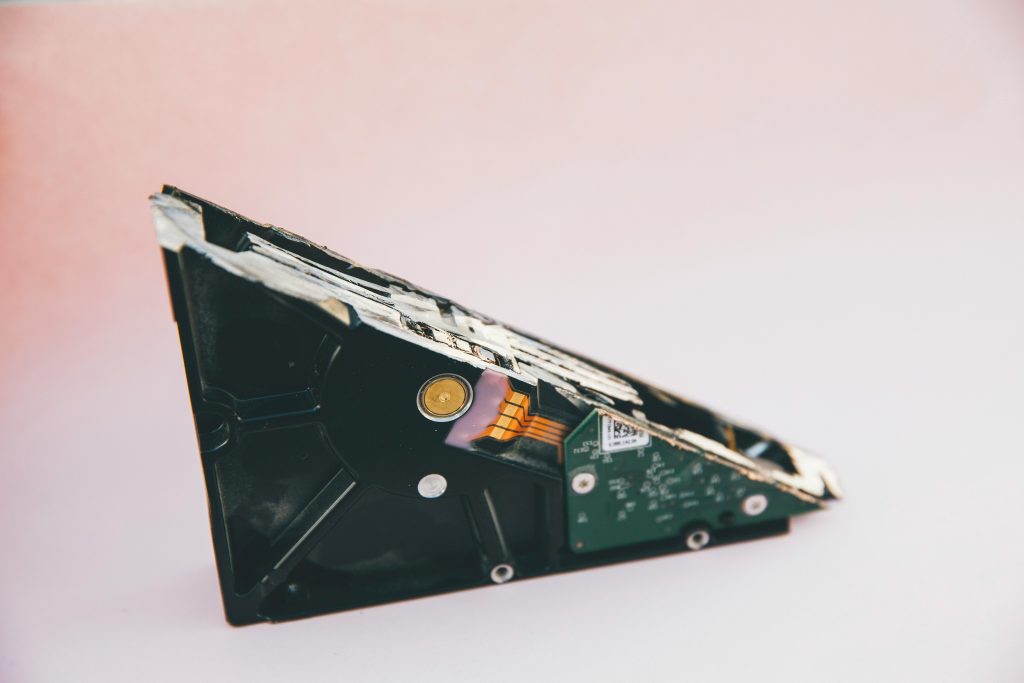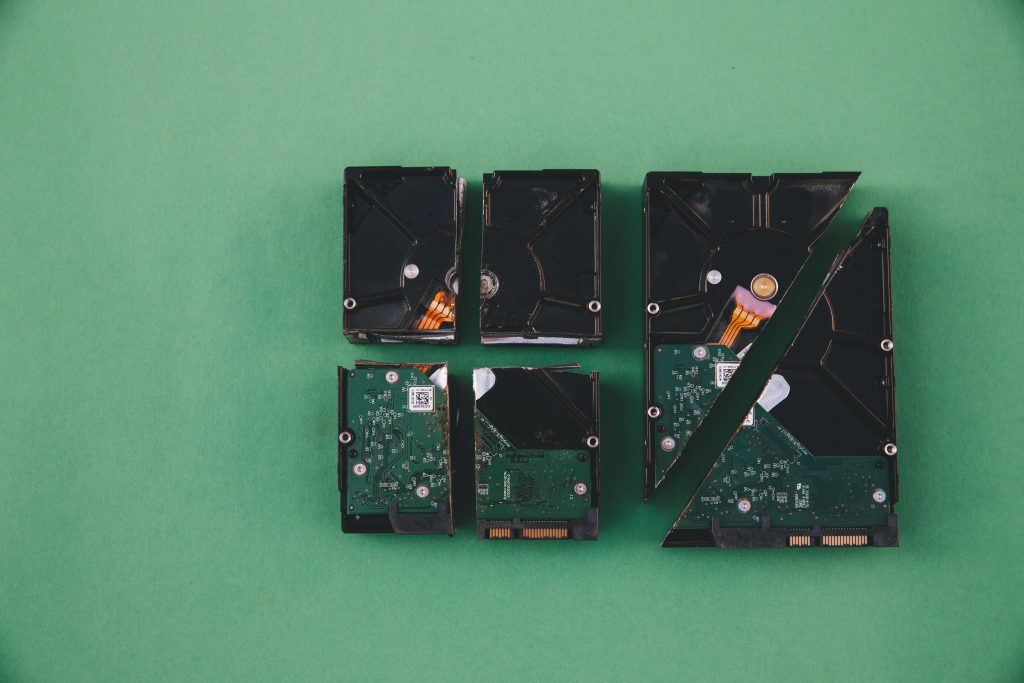Understanding Data Recovery After Accidental Drive Formatting and Overwriting: A Guide for Windows Users
Introduction
Accidents happen, and data loss can be a distressing experience, especially when valuable photos and videos are involved. If you’ve accidentally formatted a drive and subsequently overwritten it, you might wonder whether recovery is still possible. This article explores the challenges and potential solutions for recovering data from an SSD that has been formatted and overwritten, specifically within a Windows environment.
Case Overview
Consider a typical scenario involving a user operating an ASUS VivoBook 15 with an Intel Core i7 processor, 8 GB of RAM, and a 500 GB SSD. The user’s data was stored on the D: drive, formatted by mistake, and valuable media files were lost. Initial recovery attempts were unsuccessful, and the drive was overwritten twice with new data. The key questions are: Can any of the original data be recovered? What factors influence recovery prospects, and what steps can be taken moving forward?
Understanding the Data Loss
When a drive is formatted, especially with NTFS on Windows systems, the file system typically marks the existing data as inaccessible but does not necessarily erase it immediately. Initial recovery tools work by scanning the drive for residual data structures to reconstruct deleted files.
However, overwriting—copying new files to the drive—poses a significant challenge. Overwriting alters the data sectors, often making original files unrecoverable by conventional means. In this case, the drive was overwritten twice, further diminishing the likelihood of successful recovery.
Challenges Specific to SSDs
Solid State Drives (SSDs) differ from traditional HDDs in how they handle data deletion and recovery:
-
TRIM Command: Modern SSDs implement TRIM, which proactively erases data blocks associated with deleted files for performance optimization. This process significantly reduces the window for recovering deleted data.
-
Overwriting Data: When new files are written, especially on SSDs with TRIM enabled, the original data is frequently permanently erased at the hardware level.
-
Recovery Limitations: Due to these mechanisms, recovery options on SSDs are more limited compared to HDDs, particularly after overwriting.
Recovery Options and Recommendations
-
Stop Using the Drive Immediately: To maximize chances of recovery, cease all activity on the affected drive. Continued writing further reduces the possibility of scavenging residual data.
-
Professional Data Recovery Services: Specialized data recovery laboratories possess advanced tools and techniques, including hardware-level data extraction,
Share this content:



